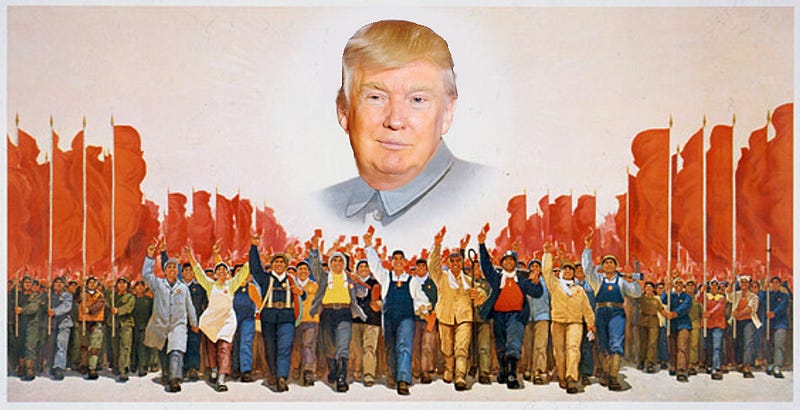By Anthony H. Cordesman
No one should underestimate the value of the cruise missile strikes the United States launched on April 7, 2017. Attacking a single air base will scarcely cripple the Syrian Air Force, nor will it limit Syria's ability to use its remaining chemical weapons. The strikes have, however, sent a very important signal to both America's friends, its critics, and its enemies.
One key message is that in the first real crisis of his Presidency, President Donald J. Trump listened to his expert advisors, proved to be flexible in changing his position, chose an option proportionate to the task, communicated effectively with Russia to avoid Russian losses, and acted quickly. He neither failed to act, nor did he overreact, and he sent a clear message that the United States would not only confront a localized threat—but would act in spite of Russian pressure.
The U.S. strikes will not, by themselves, alter the course of the Syrian civil war, nor will they reduce the overall level of civilian suffering. The strikes may well, however, have set a precedent that will keep Assad from using chemical weapons again, as well as send a broader message that the United States will stand up to Russia. They have also shown that the United States will still use force when necessary—something many states in the Middle East and outside it had come to question—along with U.S. willingness to establish real-world "red lines" in dealing with any power that uses weapons of mass destruction.
The U.S. action may also have a broader impact in limiting Assad's use of state terrorism against his own people. The United States has focused far too much on ISIS and extremist violence by non-state actors. State terrorism by a secular authoritarian like Assad is no better than violent religious extremism by a non-state actors, and the impact of chemical weapons and barrel bombs have shown that state terrorism can be, in fact, far worse.
















